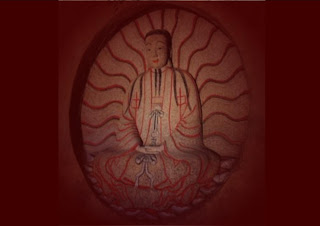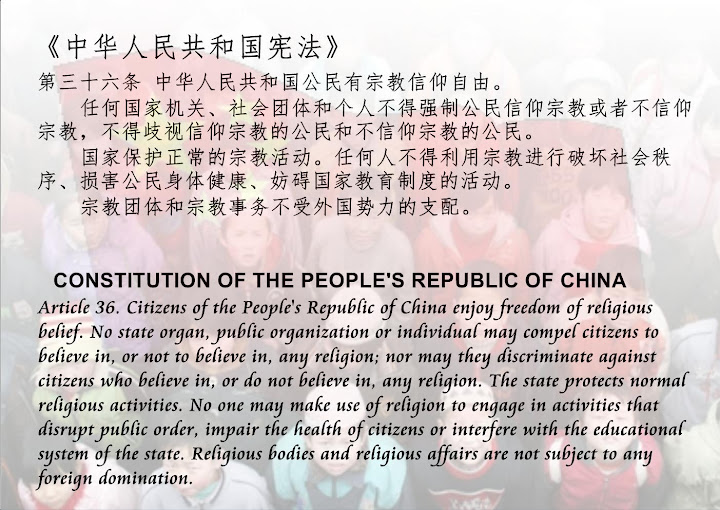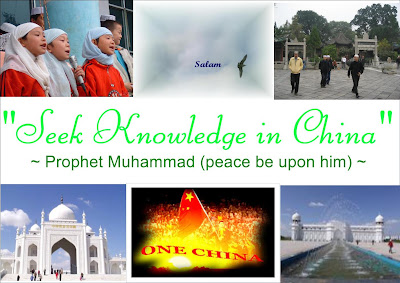Definition of Extensive reading
Extensive Reading usually means reading a lot of self-selected easy, interesting texts, and doing few or no exercises afterwards.
Extensive reading is order to gain a general understanding of what is read. It is intended to develop good reading habits, to build up knowledge of vocabulary and structure, and to encourage a liking for reading. E.g. any interested books, novels, magazines and newspaper reading.
Purposes of Extensive Reading
The purposes of reading are usually related to pleasure, information and general understanding. The purposes are determined by the nature of the material and the interests of the student. Typically ER involves reading massive amounts of very simple material so that the learner can read smoothly, confidently and pleasurably.
Another aspect of ER is that the learner should be reading a wide variety of texts such as novels, mystery, poems etc.
Characteristics of Extensive Reading
Students read as much as possible, perhaps in and definitely out of the classroom.
A variety of materials on a wide range of topics is available so as to encourage reading for different reasons and in different ways.
Students select what they want to read and have the freedom to stop reading material that fails to interest them.
Reading is individual and silent, at the student's own pace, and, outside class, done when and where the student chooses.
Reading speed is usually faster rather than slower as students read books and other material they find easily understandable.
Benefits of Extensive Reading
ER helps develop general, world knowledge.
Most, students have a rather limited experience and knowledge of the world they inhabit both cognitively and affectively. ER opens windows on the world seen through different eyes. This educational function of ER cannot be emphasized enough. Learn new vocabulary and review old vocabulary
It can motivate learners to read
Reading material selected for extensive reading programs should address students' needs, tastes and interests, so as to energize and motivate them to read the books.
ER helps improve writing.
There is a well-established link between reading and writing. Basically, the more we read, the better we write. Commonsense would indicate that as we meet more language, more often, through reading, our language acquisition mechanism is primed to produce it in writing or speech when it is needed. Extensive reading is effective means of fostering improvements in students writing.
It helps to build confidence with extended texts
Classroom reading work has traditionally focused on the exploitation of shorts texts, either for presenting lexical and grammatical points or for providing students with limited practice in various reading skills and strategies. However, a large number of students in the world require reading for academic purposes, and therefore need training in study skills and strategies for reading longer texts and books. Extensive reading is developing students’ confidence and ability in facing these longer texts.
What is the difference between intensive and extensive reading?
Intensive reading - you read with concentration and great care in order to understand exactly the meaning of what you read.
Extensive reading - you read as many different kinds of books/journals/papers as you can, chiefly for pleasure, and only needing a general understanding of the content.
Reading text books (academic) is Intensive reading.
Reading novels, Magazines, Newspapers is extensive reading.
Extensive reading is also referred as passive reading .Intensive or active.
Why do ER? To find better and effective ways for students to enjoy reading and learning through English, where they make more and more of the choices and decisions about what they read and how they read; where they are also guided to reflect on their learning and to set specific goals for themselves, and can make intelligent decisions about how to reach those goals. It excellent way to get students into the habit of reading and it contributes to vocabulary acquisition.
this post is make and Design by
My friend























